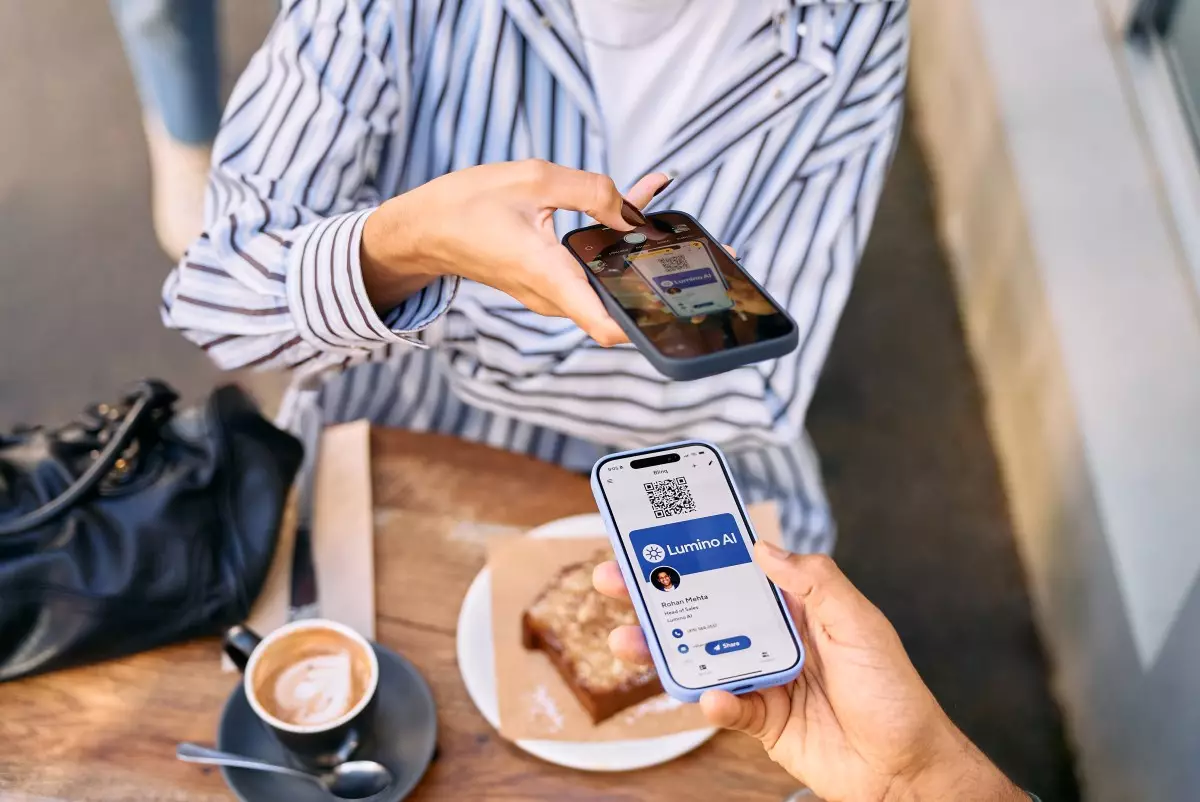In 2025, amidst the rapid evolution of digital technology, traditional business cards persist as a tangible symbol of professional networking. However, anyone who has attended a networking event or a trade show knows that these cards often accumulate dust in our pockets, only to be disregarded shortly after the event. The act of exchanging business cards, long viewed as an essential practice in fostering connections, is becoming increasingly overshadowed by the digital era. This shift toward digital solutions is not merely a trend but a necessary adaptation as smartphones dominate as our primary contact repositories. The birth of digital business cards is a response to this growing demand, altering the landscape of professional networking forever.
A Look at Blinq’s Rise
Blinq, a Melbourne-based startup that began as a passion project in 2017, stands at the forefront of this revolution. With its digital business card application enhanced by a QR-code feature, it capitalized on consumer behavior and technological advancements to attract an impressive user base. Boasting over 2.5 million users, including significant engagement from 500,000 companies across several major markets—namely, the U.S., Canada, the U.K., and Australia—Blinq has successfully tapped into the burgeoning digital network ecosystem.
Jerrod Webb, the CEO and founder of Blinq, attributes much of the app’s recent growth to a combination of technological adoption and global changes in networking interactions. The widespread use of QR codes surged with the COVID-19 pandemic, ushering in a practical means for contactless exchanges. Personal interactions shifted from casual overtones to intentional connections—a pivot that Blinq seized upon. The company’s underlying ethos rests on the principle that networking should not only be easy but also memorable.
The Seamless Features Driving Adoption
The Blinq app is designed to cater to a spectrum of networking needs. Users can create various customized digital business cards tailored for distinct occasions, enhancing personal branding and outreach. This capability to effortlessly capture and store contact information is key, especially as it integrates seamlessly with popular CRM systems like HubSpot and Salesforce. Blinq’s array of technological options—from QR codes and email signatures to NFCs, short links, and even video call backgrounds—positions it as a comprehensive tool for modern networking practices.
Moreover, the app’s value extends beyond individual users; businesses are adopting it to increase their visibility and maintain consistency in contact management. Webb emphasizes an interesting insight: each usage of Blinq not only introduces the app to a new person but also solidifies its organic growth through built-in virality. As active users foster connections, they inadvertently spread awareness and drive down customer acquisition costs for Blinq.
Navigating a Competitive Landscape
The digital business card market isn’t without competition, showcasing other notable players like Mobilo, Popl, Wave, and Wix. Additionally, the foothold of established platforms like LinkedIn and various landing page services challenge Blinq to differentiate itself. Yet, Webb argues that what sets Blinq apart is a relational focus. Rather than merely exchanging information, Blinq facilitates deeper connections and ongoing engagements, serving as a springboard for nurturing relationships.
Webb’s vision extends beyond simply replacing physical cards; he views digital business cards as a critical entry point into sustained networking. By becoming a trusted tool in initial meetings, Blinq hopes to maintain relevance and influence in ongoing professional interactions. This perspective drives the company’s commitment to evolving its platform, providing users with rich, dynamic profiles and innovative methods to stay engaged with their network.
Creating Momentum in Professional Relationships
While traditional business cards are often forgotten, Blinq’s ambition is to foster an environment where digital networking enhances ongoing relationship dynamics. It recognizes that first impressions matter, but it’s the follow-up that solidifies connections. Digital business cards are not merely an endpoint; they are a catalyst for fostering authentic professional interactions that can lead to significant opportunities.
As we continue to navigate a hybrid world of professional engagement, solutions like Blinq might just redefine how we view networking. The ability to streamline connections while adding a layer of personalization speaks to a larger trend in the tech landscape—enhancing human interactions through innovative means. As organizations increasingly embrace digital solutions, we may witness a generational shift in how professional relationships are built and nurtured. The future of networking, it seems, is not about abandoning tradition entirely but about elevating it in a way that resonates with today’s digital natives.

